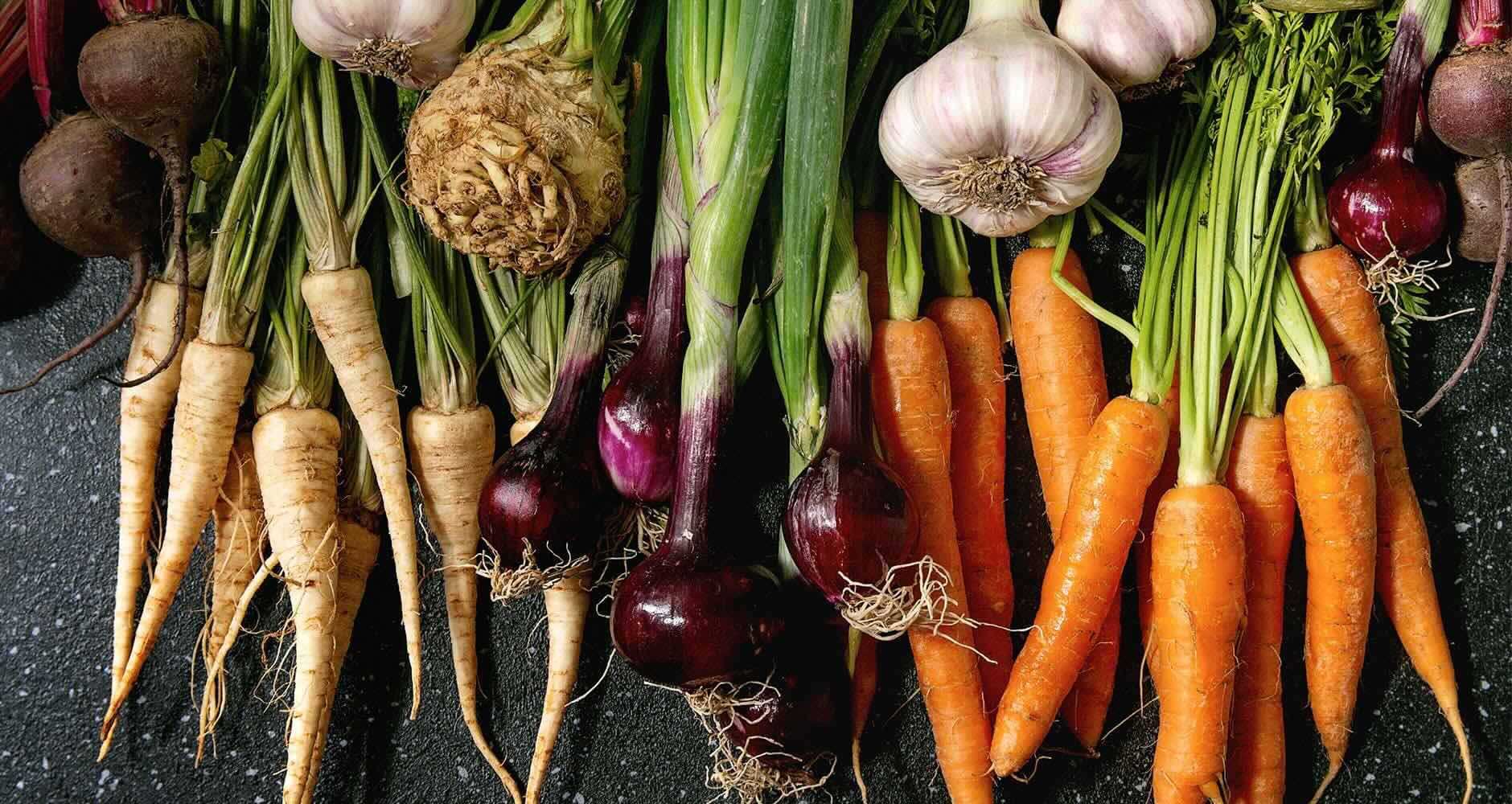

Articles
How To Store Root Vegetables
Modified: September 1, 2024
Learn how to properly store root vegetables to keep them fresh and flavorful. Explore our articles for expert tips and techniques.
(Many of the links in this article redirect to a specific reviewed product. Your purchase of these products through affiliate links helps to generate commission for Storables.com, at no extra cost. Learn more)
Introduction
Root vegetables are a versatile and nutritious addition to any meal. From carrots and potatoes to turnips and beets, these humble gems offer a variety of flavors and textures that can elevate your culinary creations. However, ensuring that these vegetables stay fresh and flavorful can be a challenge, especially if you have a surplus or want to store them for an extended period. In this article, we will explore the best practices for storing root vegetables, including various storage methods that will help you keep them crisp and delicious for longer periods.
Key Takeaways:
- Proper storage is crucial for maintaining the quality and flavor of root vegetables. Follow best practices like harvesting at the right time and choosing the appropriate storage method to enjoy fresh produce year-round.
- Tailor your storage method to the specific requirements of each root vegetable. Whether it’s cold storage, cellar storage, or freezing, understanding the needs of each vegetable will help you maximize freshness and flavor.
Read more: How To Store Cilantro With Roots
Best Practices for Storing Root Vegetables
Proper storage is crucial to maintain the quality and flavor of root vegetables. Here are some best practices to follow when storing root vegetables:
- Harvest at the Right Time: Harvest your root vegetables when they have reached their maturity. For most varieties, this is when the foliage has started to die back. Avoid harvesting them too early as immature vegetables won’t store well.
- Remove Excess Soil: Gently brush off any excess soil from the vegetables. You can also rinse them under running water if needed, but make sure they are dry before storing.
- Inspect for Damage: Examine each vegetable for any signs of damage, such as cuts, bruises, or rot. Remove any damaged or spoiled vegetables, as they can affect the surrounding ones.
- Separate Different Varieties: Store different types of root vegetables separately. Some varieties release ethylene gas, which can cause other vegetables to spoil faster.
- Avoid Washing Before Storage: Unless they are heavily soiled, it’s best to avoid washing root vegetables before storage. Moisture can accelerate spoilage. Instead, wash them just before using.
- Remove Leafy Greens: If your root vegetables come with their leafy greens intact, remove them before storage. The greens tend to draw moisture from the roots, causing them to wilt more quickly.
- Optimal Storage Conditions: Most root vegetables prefer cool, dark, and humid conditions for long-term storage. The temperature range should be between 32°F to 40°F (0°C to 4°C), with a humidity level around 90%.
By following these best practices, you can significantly extend the shelf life of your root vegetables and enjoy them throughout the year.
Root Vegetable Storage Methods
There are several storage methods you can choose from to keep your root vegetables fresh and delicious. Let’s explore some of the most popular ones:
- Cold Storage: Cold storage is one of the most common methods for storing root vegetables. This method involves storing the vegetables in a cool location, such as a basement or a garage. Place the vegetables in perforated plastic bags or vegetable crates to promote air circulation and prevent moisture buildup.
- Cellar Storage: If you have a cellar, you can utilize this space for root vegetable storage. Cellars offer a consistent temperature and humidity level, making them ideal for long-term storage. Place the vegetables in wooden crates or baskets, ensuring good ventilation.
- Sand Storage: Another traditional method of storing root vegetables is sand storage. In this method, you bury the vegetables in layers of damp sand in wooden boxes or barrels. The sand provides insulation and maintains the humidity needed to keep the vegetables fresh.
- Root Cellar Storage: Root cellars are specifically designed storage spaces for root vegetables and other produce. These underground cellars offer a cool, dark, and humid environment, ideal for long-term storage. They provide insulation and protection from temperature fluctuations.
- Refrigerator Storage: Some root vegetables can be stored in the refrigerator, but it’s important to note that not all varieties tolerate cold temperatures well. Carrots, beets, and radishes can be stored in the vegetable drawer, wrapped in a damp paper towel to maintain moisture.
- Freezing Root Vegetables: If you have an abundance of root vegetables and want to preserve them for an extended period, freezing is an excellent option. Blanch the vegetables in boiling water for a few minutes, then cool them in an ice bath before freezing. Package them in airtight containers or freezer bags, removing any excess air.
It’s important to note that different root vegetables have varying storage requirements. Some vegetables, like potatoes and onions, prefer darker and drier conditions, while others, like carrots and beets, thrive in more humid environments. Understanding the specific needs of each vegetable will help you choose the most suitable storage method.
Cold Storage
Cold storage is a widely used method for preserving root vegetables. This method involves storing the vegetables in a cool location with a temperature range of 32°F to 40°F (0°C to 4°C). Here are the steps to follow for cold storage:
- Prepare the Vegetables: Before storing root vegetables in cold storage, make sure to clean them gently. Remove any excess soil and inspect them for any signs of damage or rot. It’s essential to store only healthy vegetables to prevent spoilage.
- Sort and Separate: Sort and separate the different types of root vegetables. Some varieties, like carrots and turnips, release ethylene gas, which can accelerate the spoilage of other vegetables. Keep them in separate containers to avoid cross-contamination.
- Provide Ventilation: Proper air circulation is crucial to prevent the buildup of moisture and reduce the risk of rot or mold. Use perforated plastic bags or vegetable crates to store the vegetables, allowing air to circulate around them.
- Monitor Temperature and Humidity: Use a thermometer to monitor the temperature in your storage area and ensure that it remains within the recommended range. Additionally, aim for a relative humidity of around 90% to maintain the vegetables’ freshness and prevent dehydration.
- Regularly Check for Spoilage: Periodically check the stored vegetables for any signs of spoilage. Remove any damaged or rotting vegetables immediately to prevent the spread of decay to the surrounding ones.
Some root vegetables that do well in cold storage include potatoes, carrots, parsnips, and turnips. However, it is important to note that not all root vegetables are suitable for cold storage. Vegetables like onions, garlic, and shallots prefer a drier and darker environment and should be stored separately from those in cold storage.
Cellar Storage
Cellar storage is an excellent option for preserving root vegetables if you have access to a suitable cellar or root cellar. This method provides a consistent temperature and humidity level, creating an ideal environment for long-term storage. Follow these steps to store root vegetables in a cellar:
- Choose the Right Location: Find a cellar or root cellar that maintains a cool temperature between 32°F to 40°F (0°C to 4°C). The cellar should also have a high level of humidity, around 90%, which helps prevent wilting and dehydration.
- Prepare the Vegetables: Clean the root vegetables by gently brushing off any excess soil. Avoid washing them, as moisture can accelerate spoilage. Inspect each vegetable for any signs of damage or rot, and discard any that are not in good condition.
- Provide Ventilation: Place the vegetables in wooden crates or baskets to allow for proper air circulation. This helps prevent the buildup of moisture and reduces the risk of rot. Avoid overcrowding the containers to ensure adequate ventilation.
- Store Separately: Keep different types of root vegetables separate to prevent the spread of ethylene gas. Some varieties, like carrots and beets, produce ethylene gas, which can cause other vegetables to spoil faster. Use separate containers for each vegetable type.
- Check for Spoilage: Regularly inspect the stored vegetables for any signs of spoilage. Remove any damaged or rotting vegetables immediately to prevent the spread of decay to the rest of the batch.
Cellar storage is particularly suitable for root vegetables like carrots, beets, turnips, and potatoes. These vegetables can stay fresh and flavorful for several months when stored in the right conditions. However, it’s important to note that some root vegetables, such as onions or garlic, may prefer drier storage conditions and should be stored separately from vegetables in the cellar.
Read more: How To Store Lettuce With Roots
Sand Storage
Sand storage is a traditional method of storing root vegetables that provides insulation and helps maintain the necessary humidity levels. This method is particularly suitable for root vegetables like carrots, parsnips, and turnips. Here’s how you can store root vegetables using the sand storage method:
- Prepare the Sand: Start by preparing clean, damp sand. The sand should be slightly moist, but not wet. This will help provide the necessary humidity for the vegetables without causing them to rot.
- Layer the Sand and Vegetables: In a wooden box or barrel, create a layer of damp sand at the bottom. Place a single layer of root vegetables on top of the sand, making sure they don’t touch each other. Cover the vegetables with another layer of damp sand, and continue alternating layers until all the vegetables are covered.
- Ensure Proper Ventilation: It’s important to create air pockets within the sand layers to allow for proper ventilation. This helps prevent the buildup of moisture and reduces the risk of rot. Gently pat down the sand layers without compacting them too much.
- Store in a Cool Location: Place the sand-filled container in a cool and dark location, preferably with a temperature between 32°F to 40°F (0°C to 4°C). This helps maintain the freshness and quality of the vegetables.
- Regularly Check for Spoilage: Periodically check on the stored vegetables by gently removing some sand. Inspect the vegetables for any signs of decay, damage, or rot. Discard any vegetables that show signs of spoilage to prevent it from spreading to the rest.
The sand storage method provides insulation and keeps the root vegetables hydrated, resulting in extended storage life. It’s important to note that this method may not be suitable for all root vegetables. Some vegetables, like potatoes, prefer drier storage conditions and may not do well in sand storage. Always consider the specific storage requirements of each vegetable before applying this method.
Store root vegetables in a cool, dark, and well-ventilated place, such as a root cellar, to keep them fresh for longer. Avoid storing them near fruits, as fruits release ethylene gas that can cause root vegetables to spoil faster.
Root Cellar Storage
Root cellar storage is a traditional and highly effective method for preserving root vegetables. A root cellar provides a cool, dark, and humid environment that helps maintain the vegetables’ freshness for an extended period. Here’s how you can store root vegetables in a root cellar:
- Prepare the Root Cellar: Ensure that your root cellar is clean, well-ventilated, and designed to maintain a consistent temperature between 32°F to 40°F (0°C to 4°C). The cellar should also have a humidity level around 90% to prevent wilting and dehydration.
- Clean and Sort the Vegetables: Gently clean the root vegetables by brushing off any excess soil. Separate different types of vegetables to prevent the spread of ethylene gas, which can accelerate spoilage.
- Provide Proper Ventilation: Use wooden crates or baskets to store the vegetables, ensuring enough space between each vegetable for air circulation. This helps prevent the buildup of moisture and minimizes the risk of rot.
- Monitor Temperature and Humidity: Regularly check the temperature and humidity levels in your root cellar. Use a thermometer and a hygrometer to ensure that the conditions remain within the recommended range.
- Check for Spoilage: Regularly inspect the stored vegetables for any signs of spoilage. Remove any damaged or rotting vegetables immediately to prevent the spread of decay to the rest of the batch.
Root cellars are ideal for storing root vegetables like potatoes, carrots, beets, and turnips. These vegetables can last for several months when stored in a root cellar with the proper conditions. It’s crucial to regularly monitor the cellar’s temperature and humidity levels to optimize the storage environment and maintain the vegetables’ quality.
Refrigerator Storage
Refrigerator storage can be a convenient option for storing certain types of root vegetables, especially if you have limited space or only need short-term storage. However, it’s important to note that not all root vegetables are suitable for refrigerator storage. Here’s how to store root vegetables in the refrigerator:
- Choose Suitable Vegetables: Carrots, beets, radishes, and turnips are among the root vegetables that can be stored in the refrigerator. These vegetables tolerate colder temperatures and can benefit from the humidity-controlled environment.
- Prepare the Vegetables: Clean the root vegetables by gently brushing off any excess soil. Remove any leafy greens attached to the vegetables, as they can draw moisture and cause wilting.
- Wrap for Moisture Retention: Wrap the root vegetables individually or place them in a perforated plastic bag. This helps retain moisture without promoting excessive moisture buildup, which can lead to spoilage.
- Store in the Vegetable Drawer: Place the wrapped or bagged root vegetables in the vegetable drawer of your refrigerator. This drawer generally has a slightly higher humidity level compared to the rest of the refrigerator, providing a suitable environment for these vegetables.
- Monitor for Spoilage: Regularly check the stored vegetables for any signs of spoilage. Remove any vegetables that show rot or decay to prevent contamination of the others.
Refrigerator storage is best for short-term storage, typically lasting a couple of weeks. Remember that not all root vegetables are suited for refrigerator storage, as some may be sensitive to colder temperatures or higher humidity levels. Vegetables like potatoes, onions, and garlic are better stored in cooler and drier conditions outside the refrigerator.
Freezing Root Vegetables
Freezing root vegetables is a great option if you have an abundance of produce or want to preserve them for an extended period. Freezing helps maintain the flavor, texture, and nutritional value of the vegetables. Here’s how to freeze root vegetables properly:
- Prepare the Vegetables: Start by cleaning and peeling the root vegetables. Remove any blemishes or damaged spots. Cut them into desired shapes or sizes, such as slices, cubes, or sticks.
- Blanching: Blanch the prepared vegetables by briefly boiling them in a pot of salted water. Blanching helps preserve the color, texture, and nutrients of the vegetables. The exact blanching time will depend on the vegetable type and size, so refer to a blanching guide for specific instructions.
- Cooling: After blanching, immediately transfer the vegetables to an ice bath to halt the cooking process. This will help maintain their crispness and color. Once cooled, drain the vegetables thoroughly.
- Freezing: Arrange the blanched and drained vegetables in a single layer on a baking sheet lined with parchment paper or a silicone mat. This prevents the vegetables from sticking together during freezing. Place the baking sheet in the freezer and let the vegetables freeze until firm.
- Storage: Once the vegetables are frozen, transfer them to freezer-safe bags or airtight containers. Label the containers with the contents and date for easy identification. Squeeze out any excess air from the bags before sealing to minimize freezer burn.
- Long-Term Storage: For longer storage, consider vacuum-sealing the frozen vegetables using a vacuum sealer. This method helps maintain the highest quality by preventing exposure to air and moisture.
Frozen root vegetables can be stored in the freezer for several months. When you’re ready to use them, simply remove the desired amount from the freezer and cook them directly from frozen or thaw them before cooking, depending on your recipe.
Read more: How To Store Taro Root
Tips for Long-Term Root Vegetable Storage
Proper storage techniques can significantly extend the shelf life of root vegetables, allowing you to enjoy them for an extended period. Here are some additional tips to help you maximize the longevity of your root vegetable storage:
- Regularly Check for Spoilage: Routinely inspect your stored vegetables for any signs of spoilage or rot. Remove any damaged or decaying vegetables immediately to prevent the spread of spoilage to the surrounding ones.
- Keep Light Exposure to a Minimum: Exposure to light can cause root vegetables to sprout or turn green, indicating the presence of solanine. Store the vegetables in a dark location or cover them to prevent light exposure.
- Avoid Storing with Fruits: Fruits produce ethylene gas, which can accelerate the ripening and spoilage of root vegetables. Keep root vegetables separate from fruits to prevent premature spoilage.
- Use the First-In, First-Out (FIFO) Method: When using your stored root vegetables, follow the FIFO method. Consume the oldest vegetables first to prevent them from becoming overripe or spoiling.
- Store Different Varieties Wisely: Different root vegetables have varying storage needs. Some vegetables like potatoes prefer dark and dry conditions, while others like carrots thrive in more humid environments. Understand the specific requirements of each vegetable and store them accordingly.
- Control Humidity Levels: Maintaining the right humidity levels is essential for long-term storage. You can increase humidity by using damp sand, peat moss, or placing a tray of water inside the storage area. Conversely, reduce humidity by using dehumidifiers or ventilation if necessary.
- Monitor Temperature Regularly: Regularly check and monitor the temperature in your storage area to ensure it remains within the recommended range for root vegetables. Fluctuations in temperature can affect the quality and shelf life of the vegetables.
- Don’t Wash Until Use: Unless root vegetables are heavily soiled, it’s best to avoid washing them before storage. Moisture can accelerate spoilage. Instead, wash them just before using.
- Preserve Seed Potatoes: If you have harvested root vegetables with the intention of using them as seed potatoes for the next planting season, store them separately to maintain their viability. Keep them in a cool, dry, and dark place until you’re ready to plant.
By implementing these tips, you can maximize the storage life of your root vegetables, ensuring that they stay fresh and flavorful for as long as possible.
Conclusion
Storing root vegetables properly is essential to maintain their freshness, flavor, and nutritional value. Whether you have a small harvest from your garden or a surplus from a farmer’s market, following the right storage methods can help you enjoy root vegetables throughout the year.
By employing best practices such as harvesting at the right time, removing excess soil, and inspecting for damage, you can ensure that your root vegetables are in optimal condition for storage. Cold storage, cellar storage, sand storage, root cellar storage, refrigerator storage, and freezing are all effective methods to preserve root vegetables, each with its own advantages.
Remember to tailor your storage method to the specific requirements of each root vegetable. Some prefer drier and darker conditions, while others thrive in more humid environments. It’s important to monitor temperature, humidity, and regularly check for spoilage to maintain the quality of your stored vegetables.
With these storage methods and tips in mind, you can prolong the shelf life of your root vegetables and have a steady supply of fresh produce. Whether you’re using them in stews, soups, roasted dishes, or as a nutritious side, properly stored root vegetables will enhance the flavor and add a wholesome touch to your meals.
So, embrace the versatility of root vegetables and make the most of their natural goodness by employing these storage methods. Enjoy the benefits of having fresh and vibrant root vegetables at your disposal, even during the offseason!
Frequently Asked Questions about How To Store Root Vegetables
Was this page helpful?
At Storables.com, we guarantee accurate and reliable information. Our content, validated by Expert Board Contributors, is crafted following stringent Editorial Policies. We're committed to providing you with well-researched, expert-backed insights for all your informational needs.
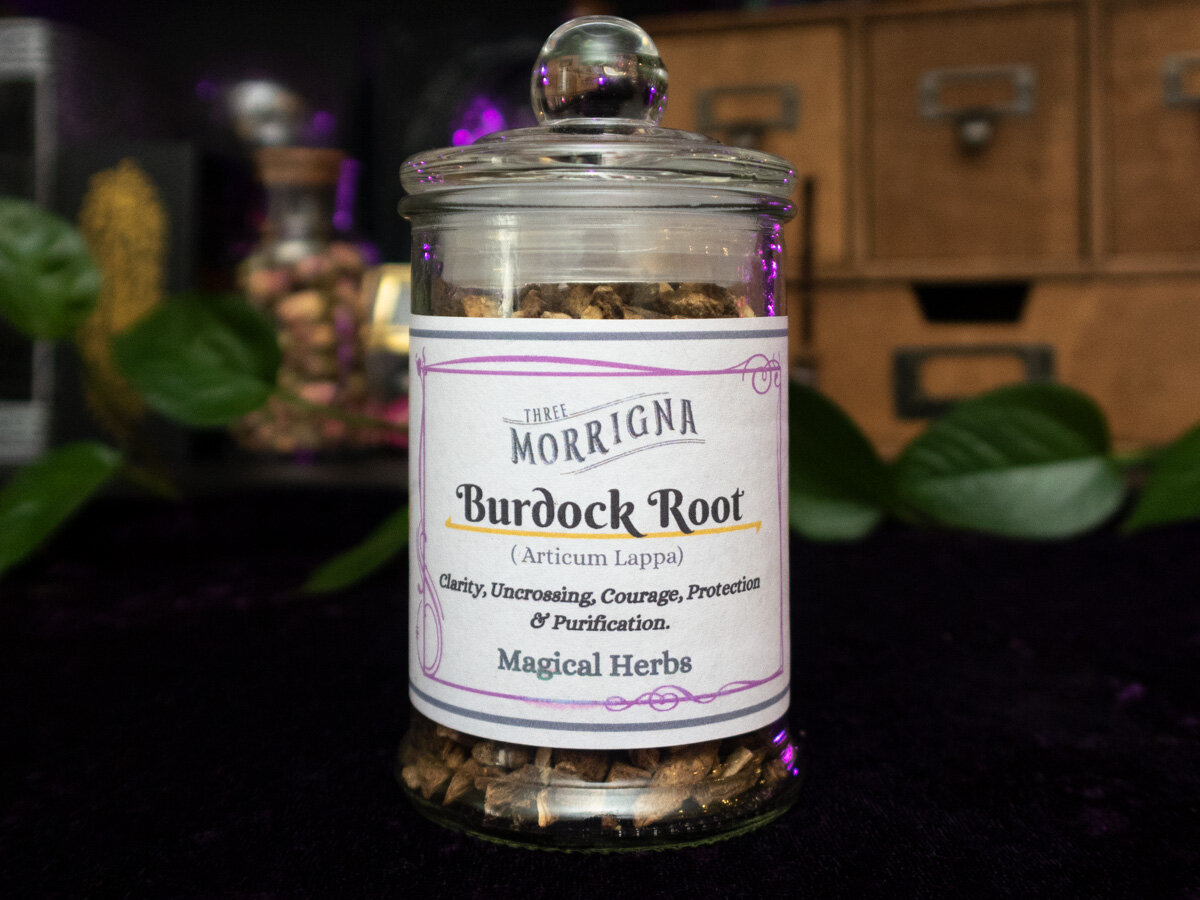
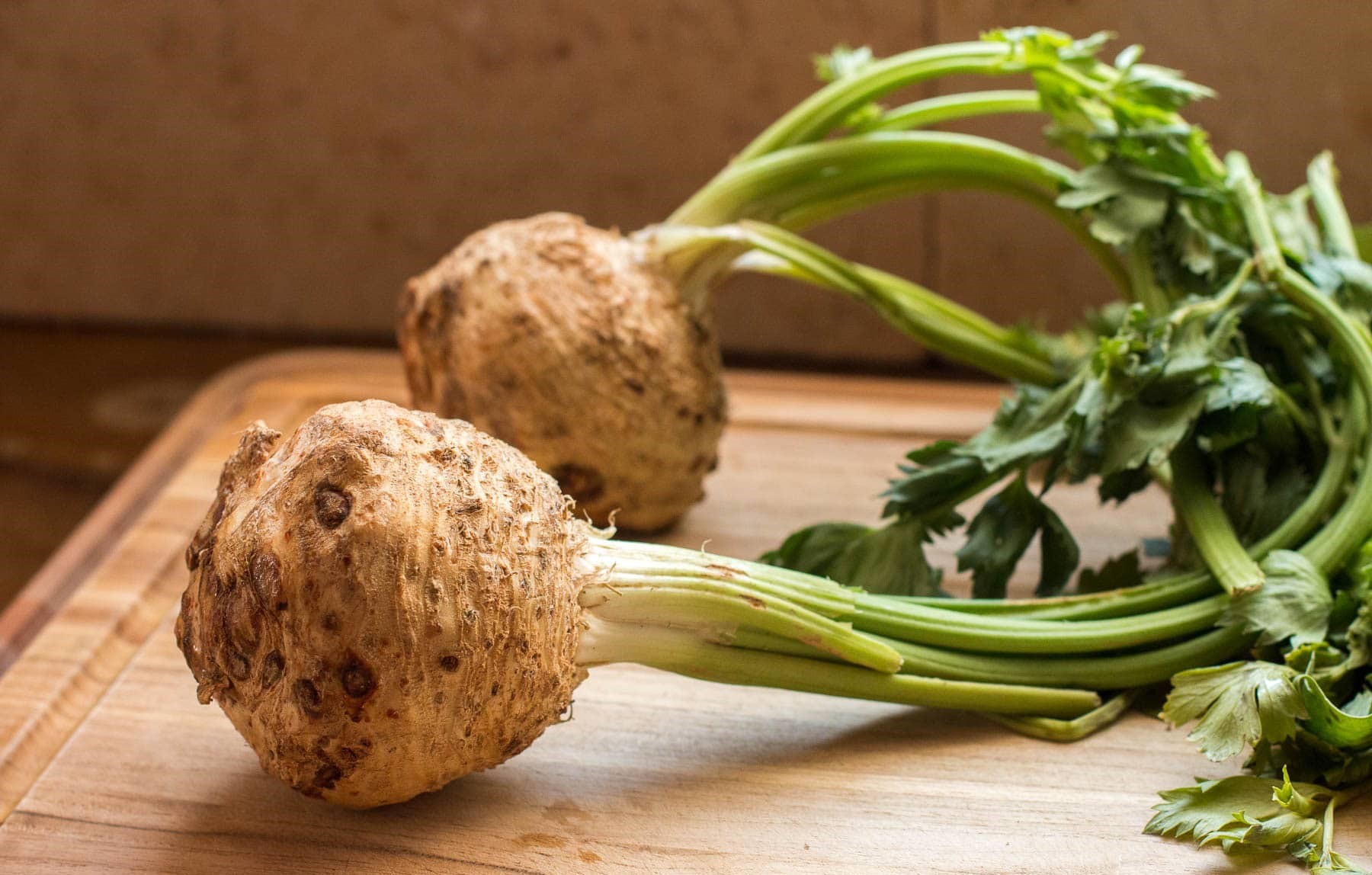
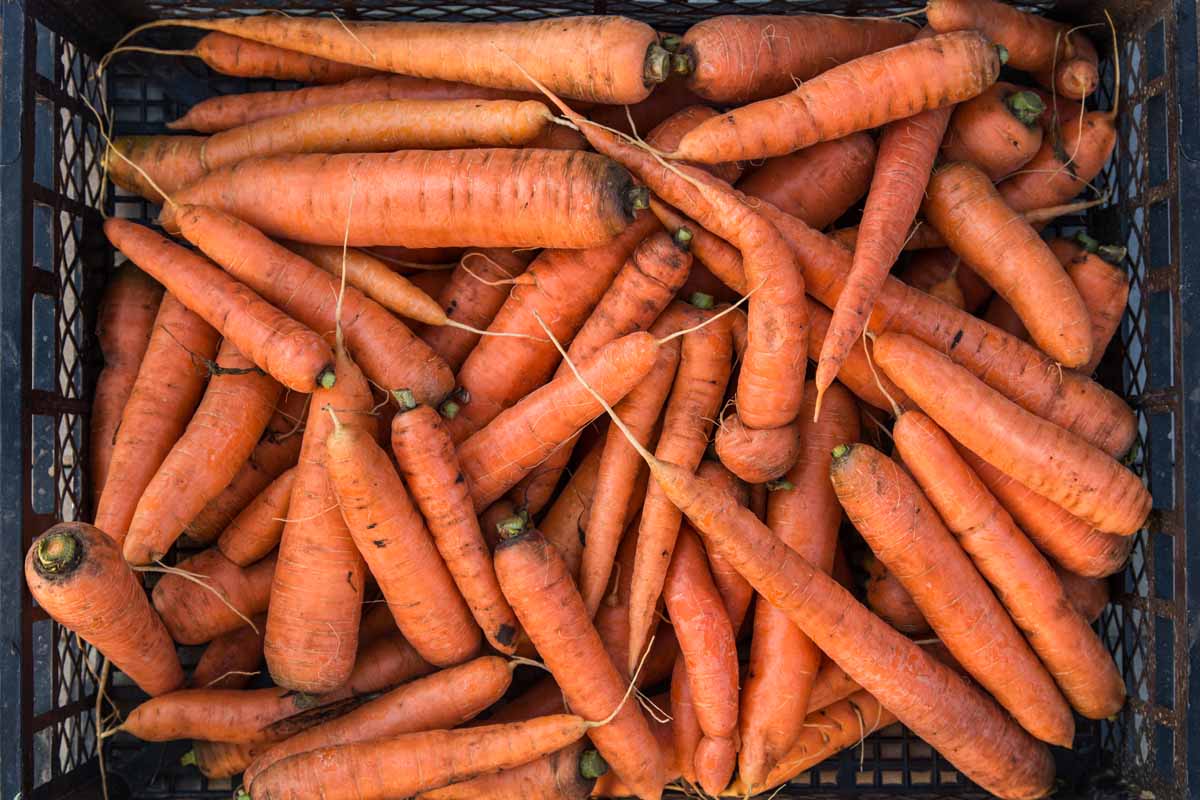
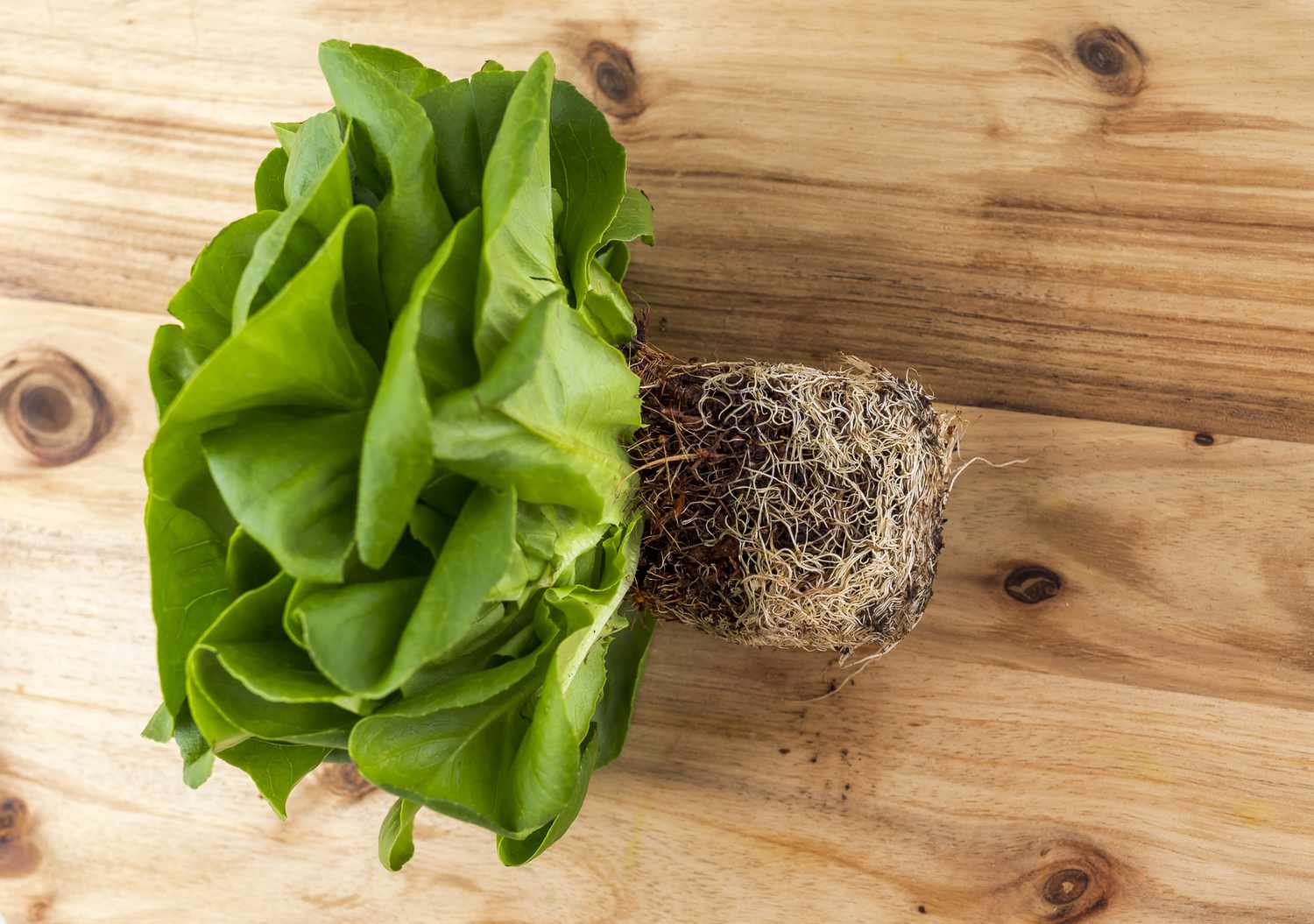
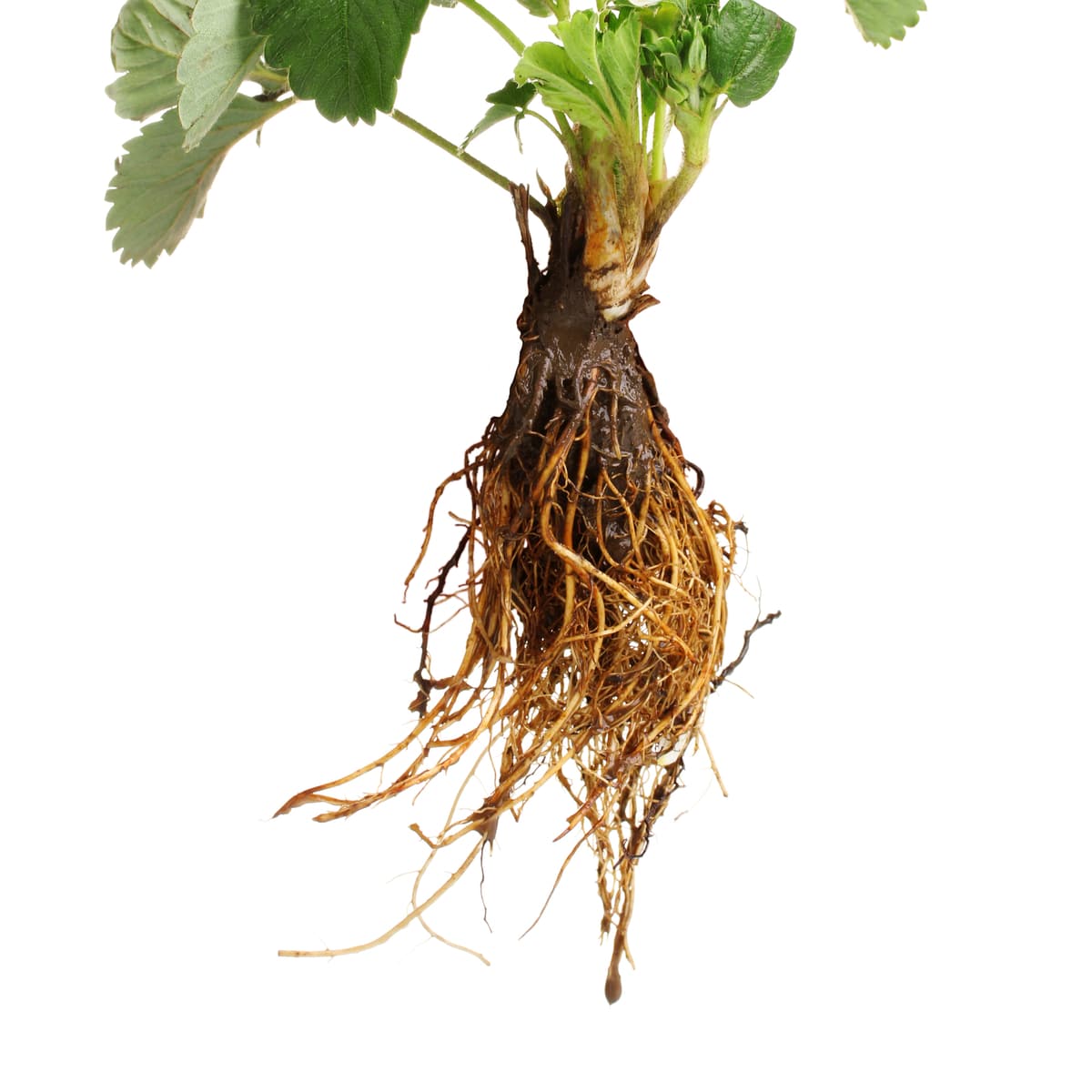
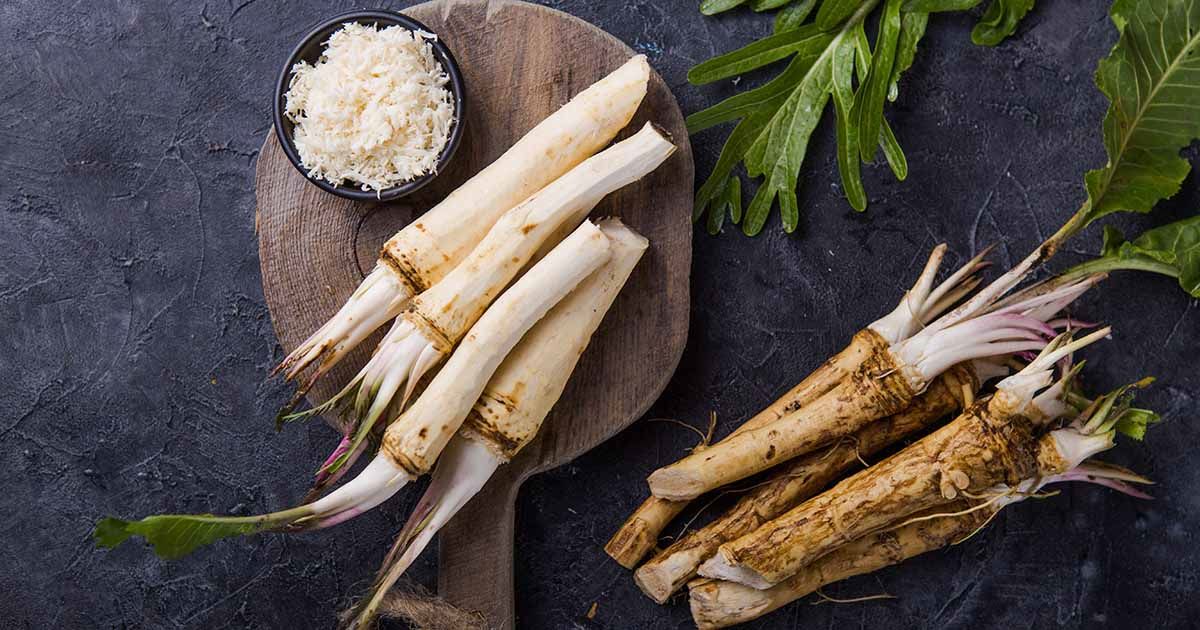

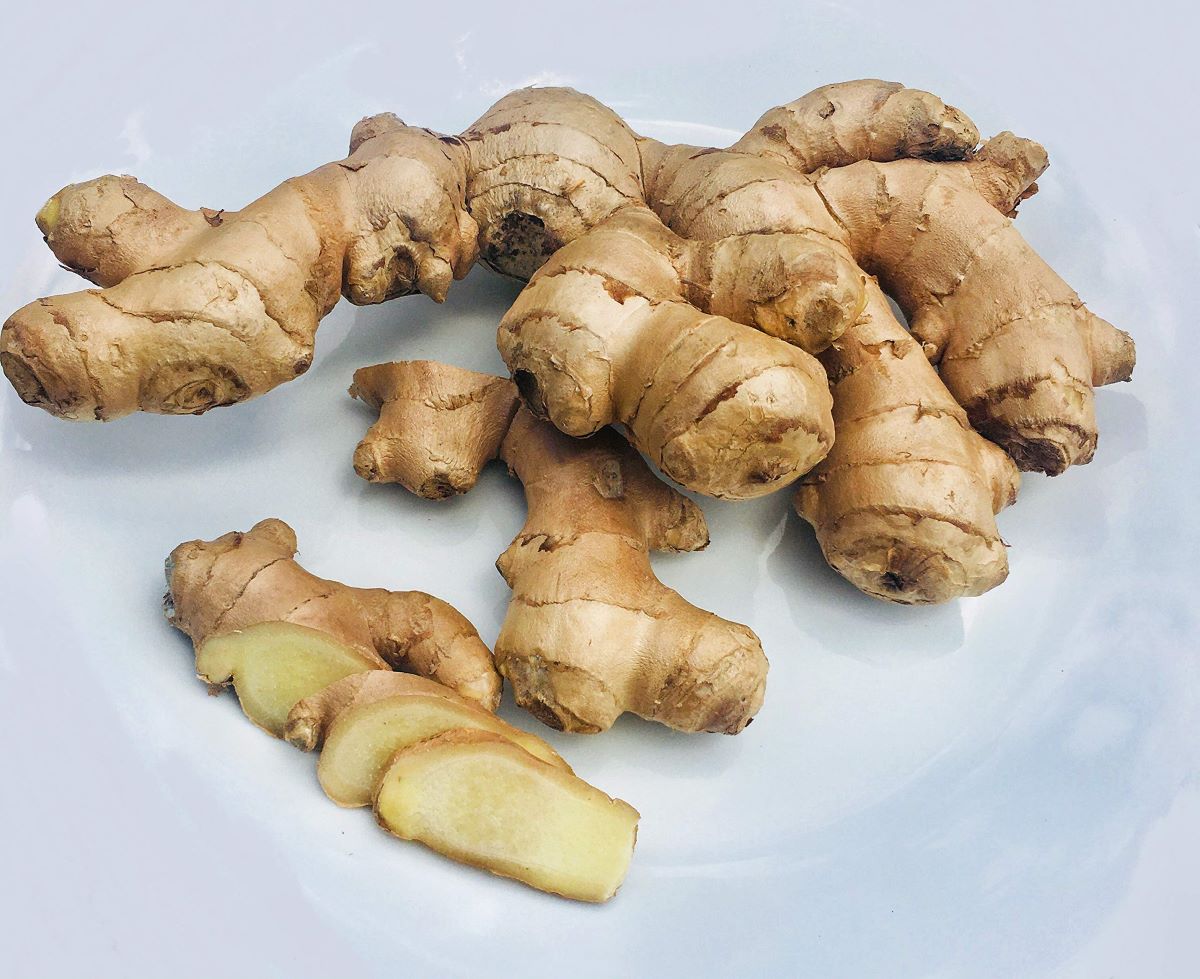
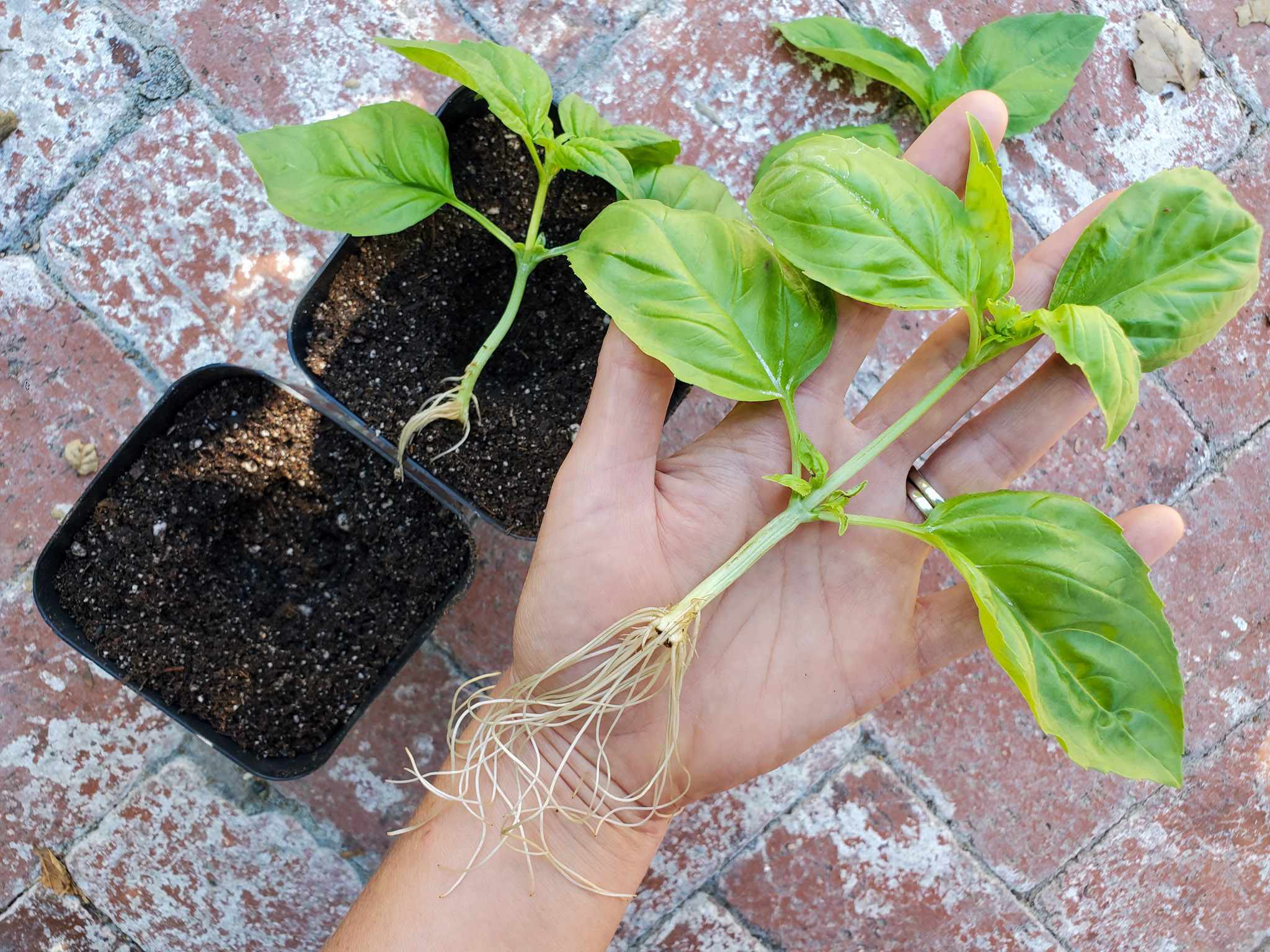
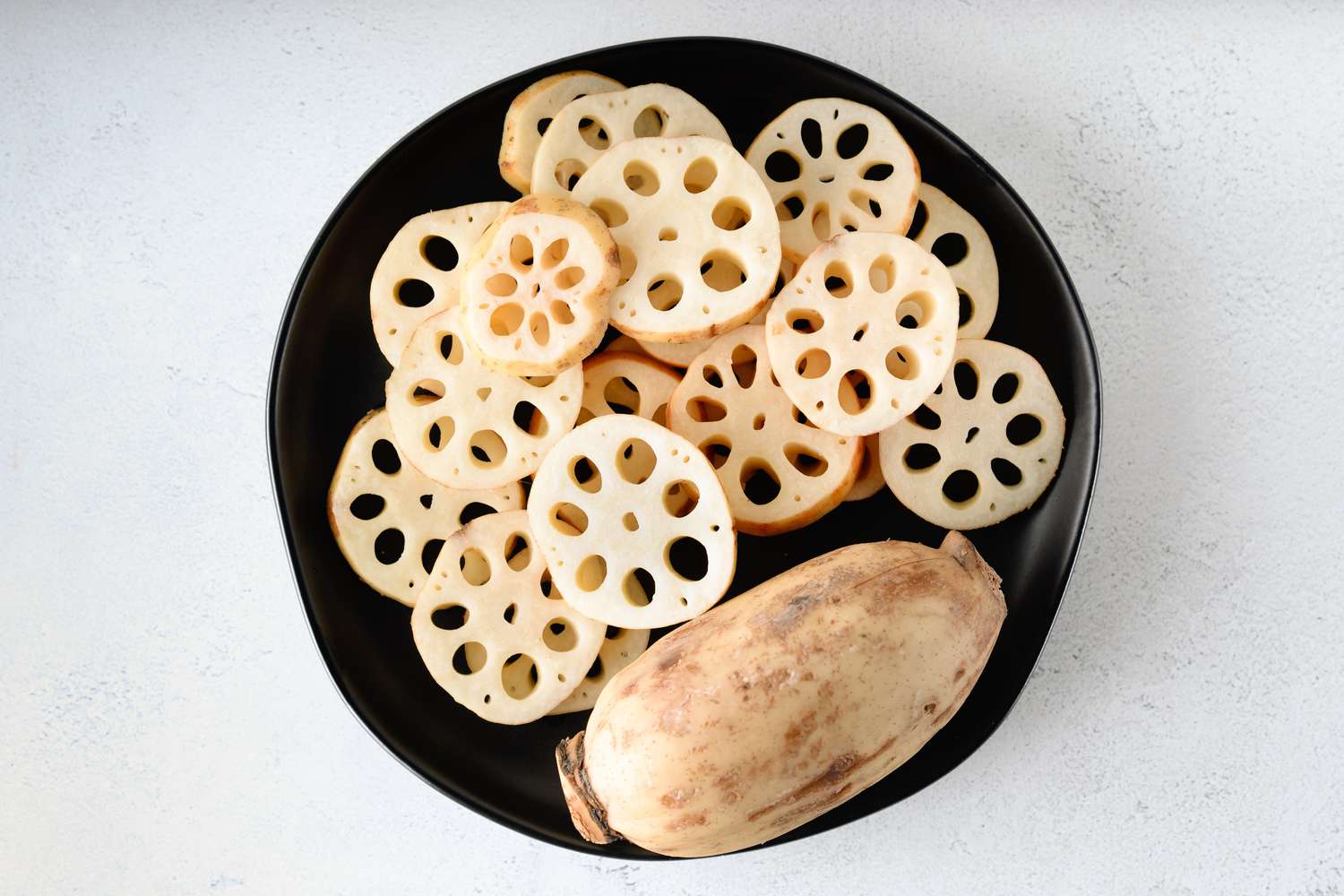

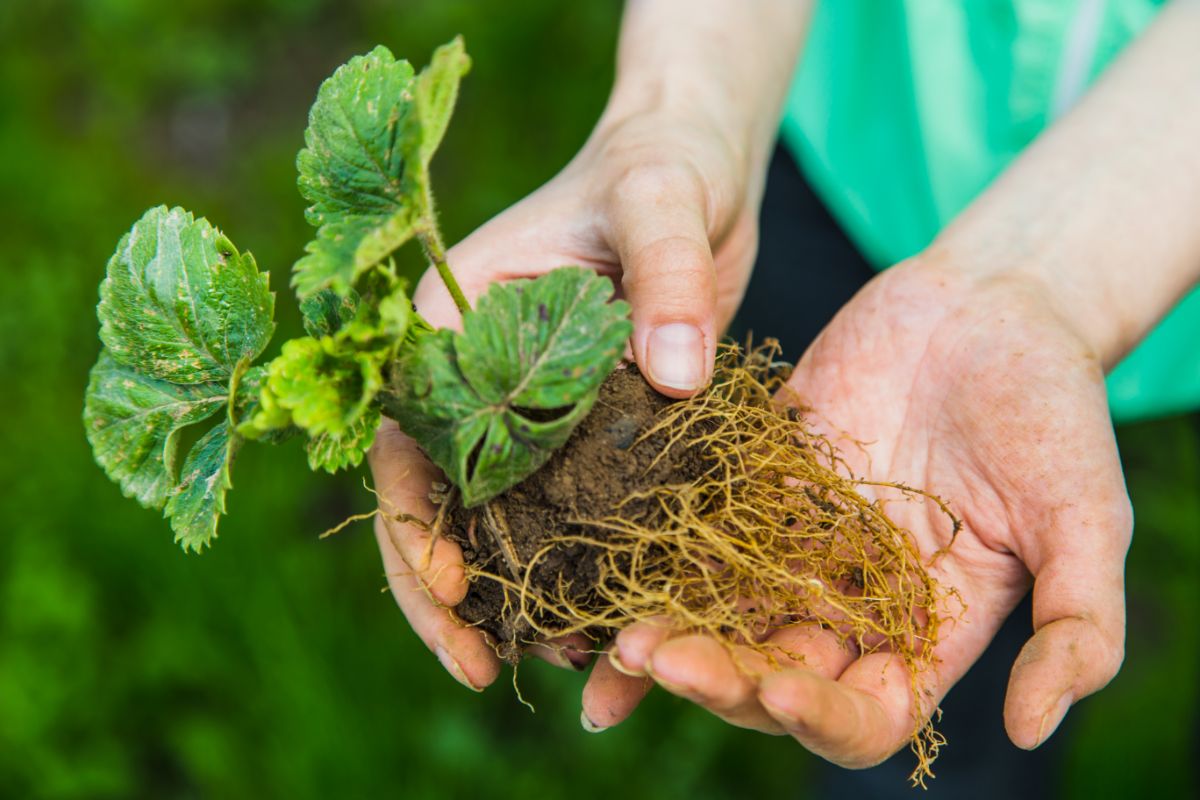
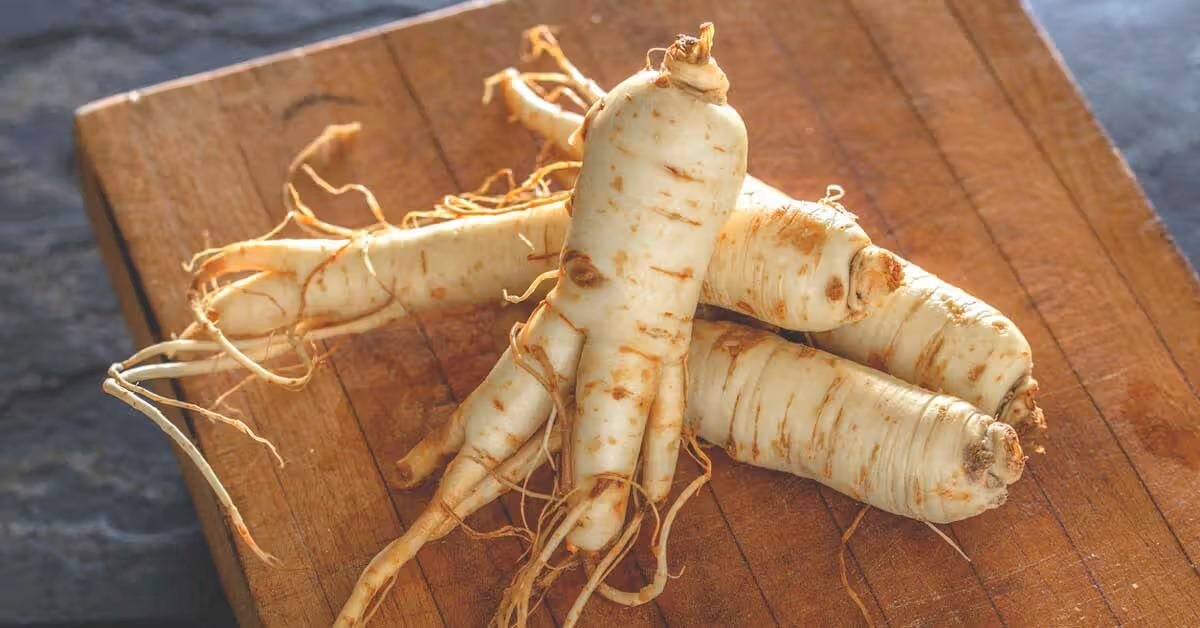

0 thoughts on “How To Store Root Vegetables”